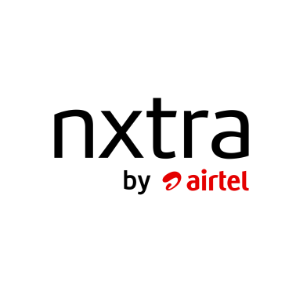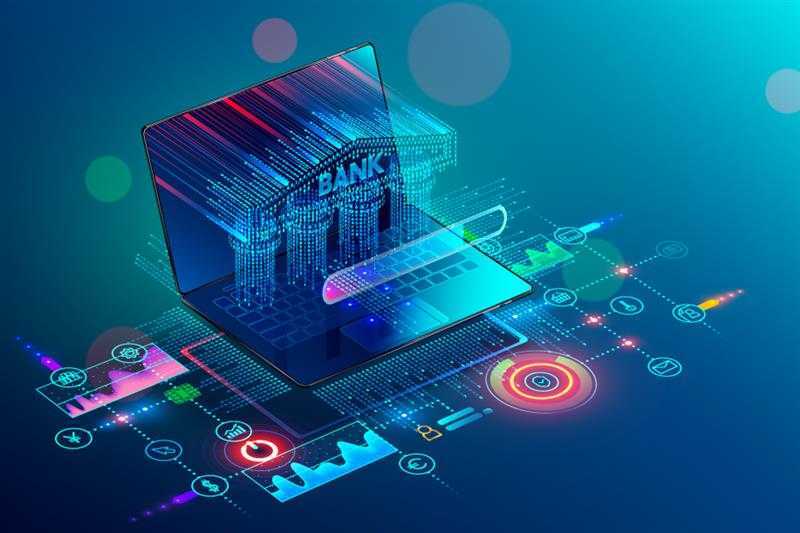In recent years, businesses have faced challenges pertaining to the scalability, performance, and security of their data center infrastructure. It is in this context that Data Center Infrastructure Management came into the picture.

In the last 20 years, data centers have become one of the key weapons in any large business’s arsenal. Businesses use it to store their critical applications and data. Data centers have enabled businesses to grow by leaps and bounds and provide a superior customer experience.
In recent years, managing data centers has proved to be a real headache for businesses. Businesses have faced challenges pertaining to the scalability, performance, and security of their data center infrastructure. The need for enterprise software solutions to manage data center infrastructure became extremely pressing with time.
It is in this context that DCIM came into the picture as a relief for businesses.
What is DCIM?
DCIM stands for Data Center Infrastructure Management. According to Gartner, DCIM is a suite of software tools that “monitor, measure, manage and/or control data center utilization and energy consumption of all IT-related equipment (such as servers, storage, and network switches) and facility infrastructure components (such as power distribution units and computer room air conditioners).
Thus, DCIM is a centralized application where you can manage all your data center infrastructure in a structured way. DCIM is an extension of any business’ existing IT infrastructure management that specifically deals with the data centers, servers, switches, storage components, and other data center infrastructure components.
The primary goal of DCIM is to extract the best possible operational performance from your data center infrastructure while keeping costs at bay.
Traditional DCIM & Next-generation DCIM
DCIM has evolved rapidly in the last few years. Traditional DCIM refers to the earliest avatars of DCIM. In this avatar, DCIM enabled businesses to understand what’s happening in their data infrastructure, including power and cooling device status. Traditional DCIM enabled businesses to prepare for future operations and prevent data center infrastructure problems.
However, traditional DCIM has its fair share of issues. It is very hard to implement due to on-premise installation. Moreover, it is complex to use and maintain and its issues gave rise to next-generation DCIM.
Next-generation DCIM solves many pain points associated with traditional DCIM. It uses the cloud hosting of DCIM software tools to make it easy for businesses to implement DCIM. Additionally, it integrates AI and ML technologies to offer superior analytical capabilities as compared to traditional DCIM.
Components of DCIM
- Physical architecture: DCIM enables businesses to visualize and plan how to utilize any physical space for data center infrastructure. It enables businesses to decide how to deploy server racks and other elements such as airflow and cooling.
- Rack design: DCIM also enables businesses to optimize for rack size and design, given their specific server requirements.
- Materials catalog: DCIM provides businesses with an extensive library of all data center equipment, with details on specifications. This makes the procurement of such equipment a very easy process for business.
- Change management: DCIM helps businesses plan for data equipment changes in advance. This way, organizations can avoid disruptions caused by sudden equipment breakdowns.
- Capacity planning: DCIM makes it easy for businesses to plan for scaling operations. Companies can make a detailed plan – equipment to get, racks to deploy, spaces to utilize, given any constraints.
- Software integration: DCIM tools integrate with other management solutions meant for tracking and coordinating data center assets and workflows. For example, DCIM integrates with protocols such as SNMP and Modbus.
- Data analytics: DCIM gives businesses real-time information on the status of their data infrastructure. They can use dashboards within DCIM to get rich insights on how to manage their data centers.
Benefits of DCIM
- Remote monitoring and management of data equipment: DCIM provides businesses with the ability to remotely monitor and manage their data infrastructure components. Businesses can know the status of their servers, routers, storage systems, and switches. They can also track the performance of airflow and cooling equipment.
- Preventing downtime: When a component in a data center experiences downtime, the other parts also underperform. DCIM helps mitigate this situation by offering insight into the current and future state of their data center equipment. Businesses can use such insights to plan for changes earlier than the expected breakdown of such equipment.
- Equipment procurement from multiple vendors: A data center usually has various components, with each component sourced from a different vendor. Managing components from multiple vendors can be a hassle. DCIM tools are equipped with extensive libraries that harbor details on all types of data center equipment. Businesses can simply tap into such libraries and use the available information to effectively manage equipment from multiple vendors.
- Dealing with extensive data center operations: Businesses often rely on data centers scattered in far apart locations. Managing multiple data centers then requires posting trained professionals at each location. This can be an onerous and expensive proposition for many businesses. DCIM helps in this regard by enabling the deployment of cloud-based data centers that require no trained professionals to be placed anywhere.
- Scaling operations: Scaling operations present businesses with a new set of data challenges. Businesses must scramble to install new data storage capabilities to support the sudden spurt in growth operations. With DCIM in place, businesses can quickly scale up operations by deploying cloud-based data centers that are easy to manage. For example, Nxtra enables businesses to scale operations with hyperscale, core, and edge data centers across 120+ sites in India.
- Energy management: Businesses can use DCIM to optimize the usage of data storage equipment. DCIM tools allow businesses to reduce wasteful energy consumption, especially during lean phases of operations.
- Real-time reporting: DCIM tools, especially next-generation DCIM, provide advanced analytical reports to businesses. Moreover, the analytics are provided in real-time. Resultantly, businesses can always be on top of their data center infrastructure with the help of these real-time analytics.
Implementing DCIM
Businesses can start managing their data center infrastructure effectively by deploying DCIM tools. Next-generation DCIM tools such as Nxtra offer businesses the easiest path to implement DCIM and reap its full range of benefits.
Nxtra by Airtel, a subsidiary of Bharti Airtel Limited, offers
largest network of secure, scalable, and sustainable data centers
in India to leading enterprises, hyperscalers, start-ups, SMEs
and governments.
Follow us on :






_1724410758.jpg)
